In most cases where a prospective client has already declared their intentions to work with a consultant, they will often request a consulting proposal to get a better understanding of what is being offered. A proposal is merely a formality but can be a defining traverse in building a good-term relationship between a consultant and a client.
Formally, we define it as:
A consulting proposal is a document that aims to convince the prospective client to sign the transaction into effect and assess the services being offered at the end of the person who presents it.
In the proposal, you should outline the services you intend to deliver to assist the potential client in determining if they are getting exactly what they expected. Therefore, a proposal signifies the onset of a budding client-consultant relationship. If well written, both parties’ expectations can be clarified, and this would consequently make the proposal a guide of the working relationship between you and the client.
Proposal Templates
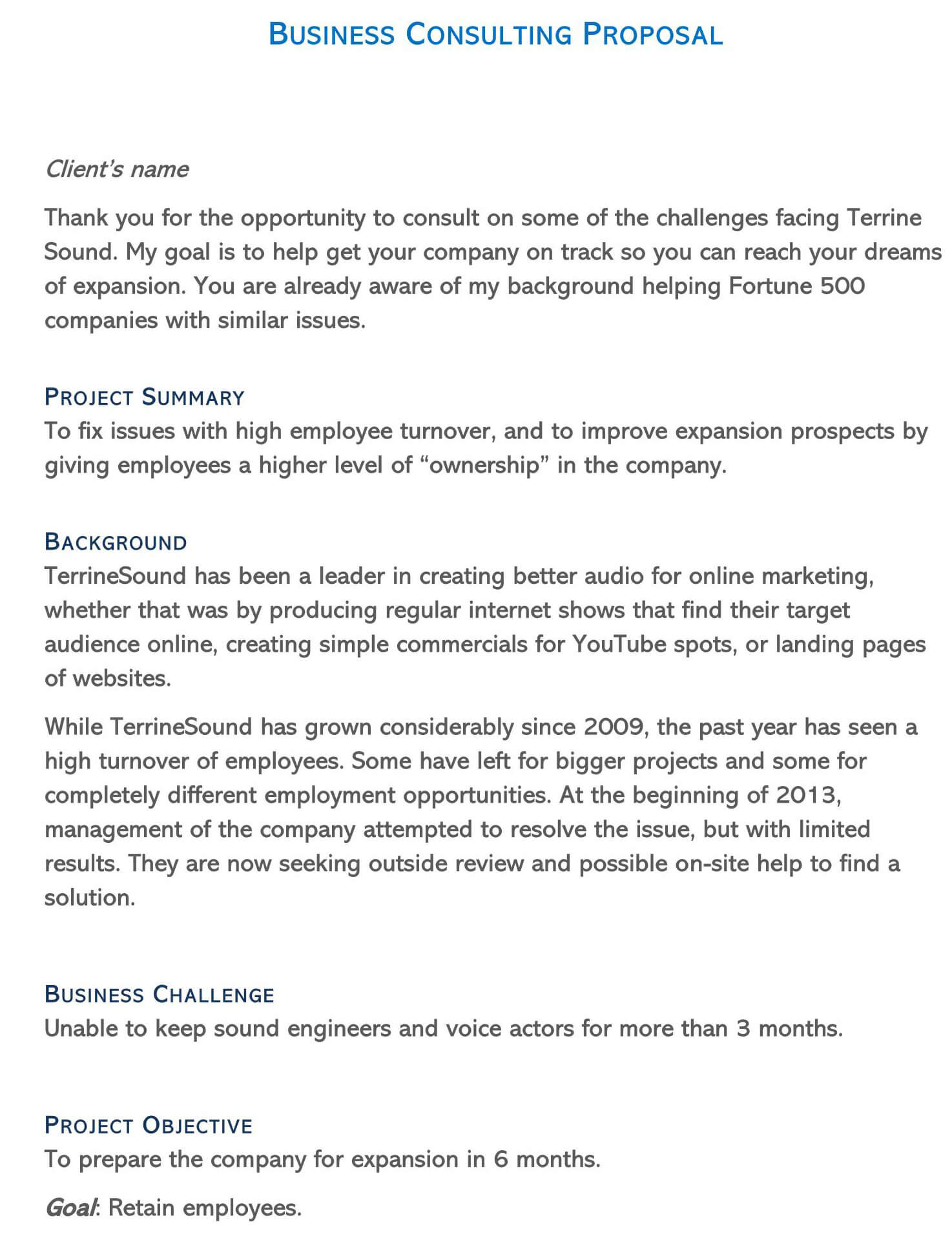
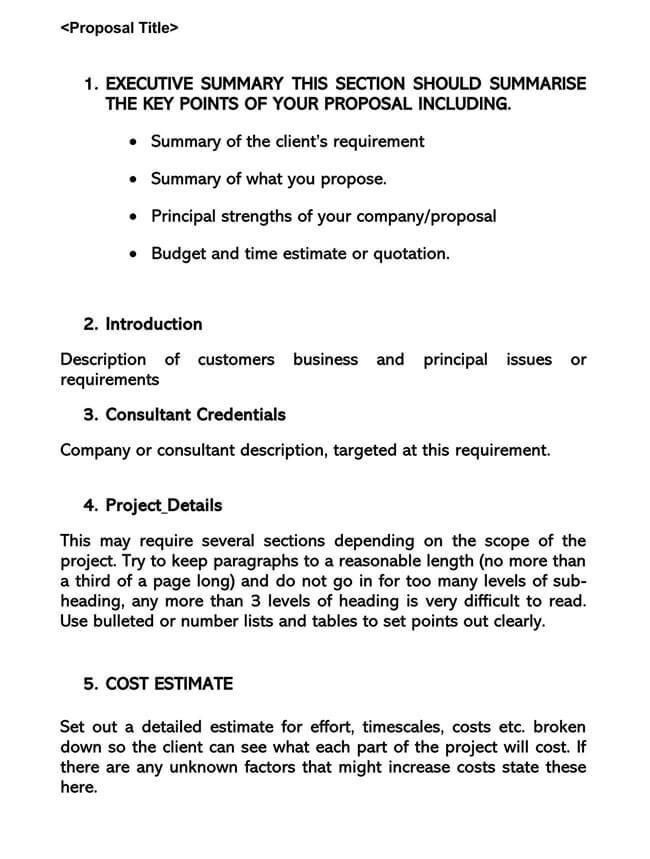

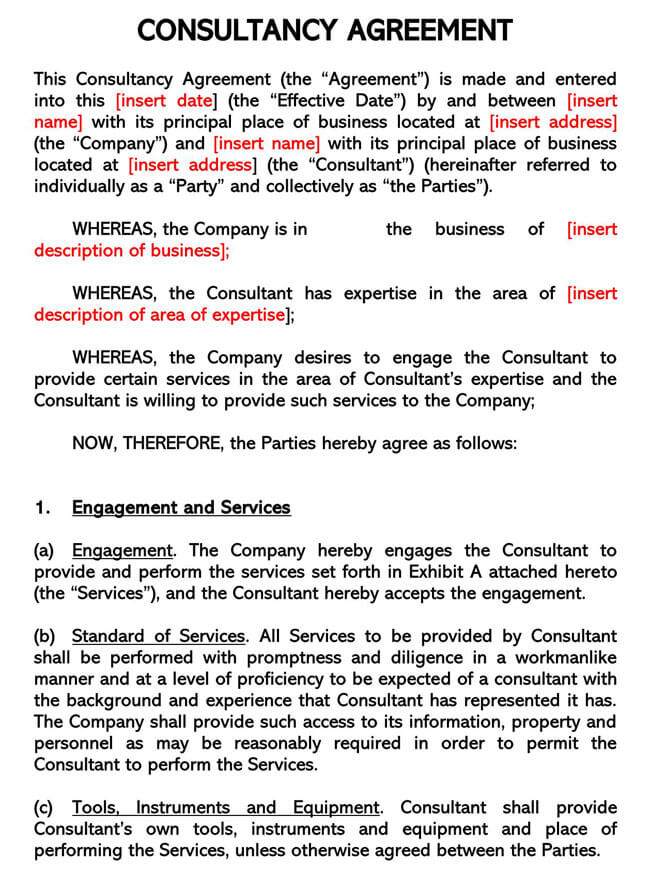
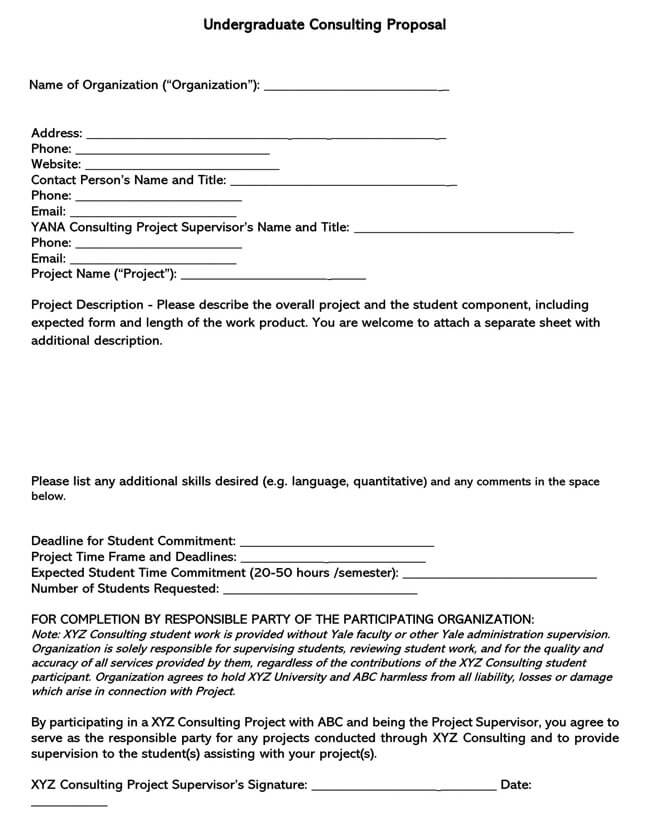
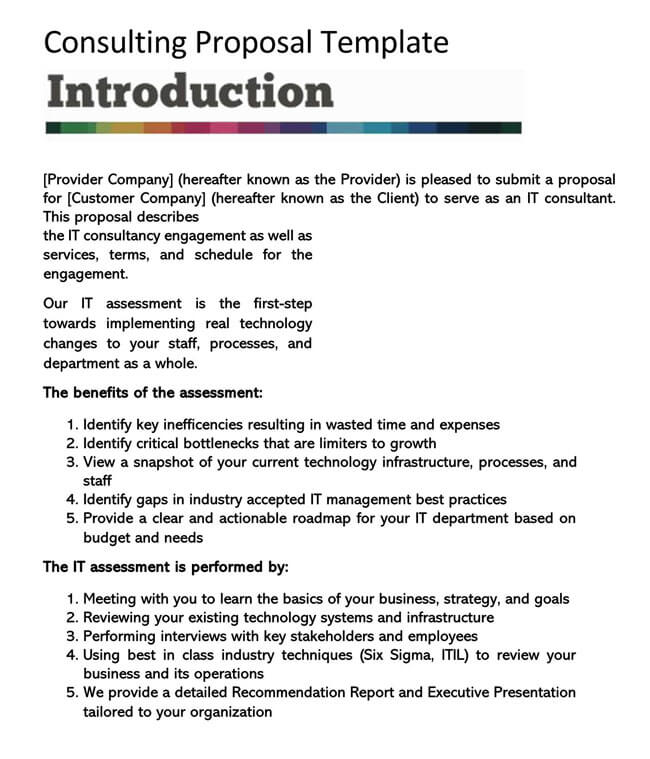
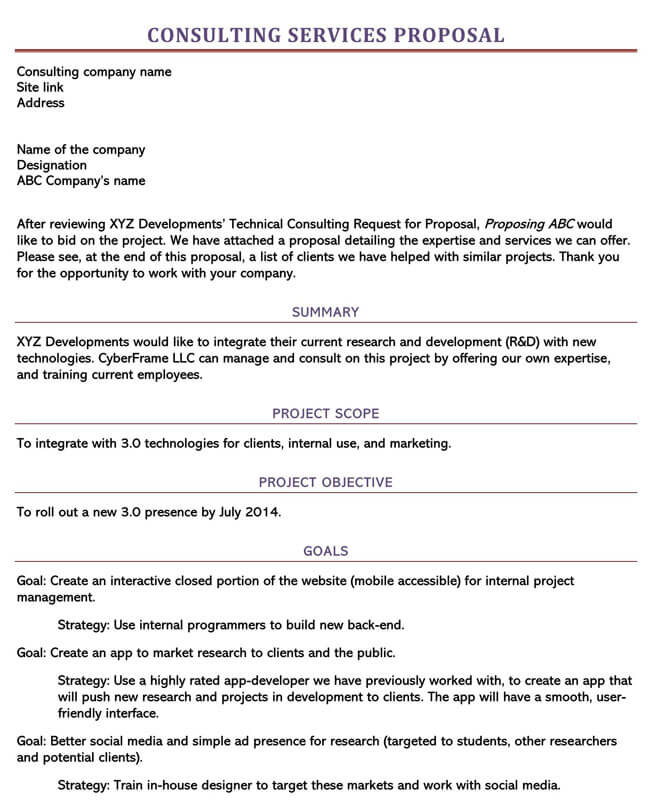
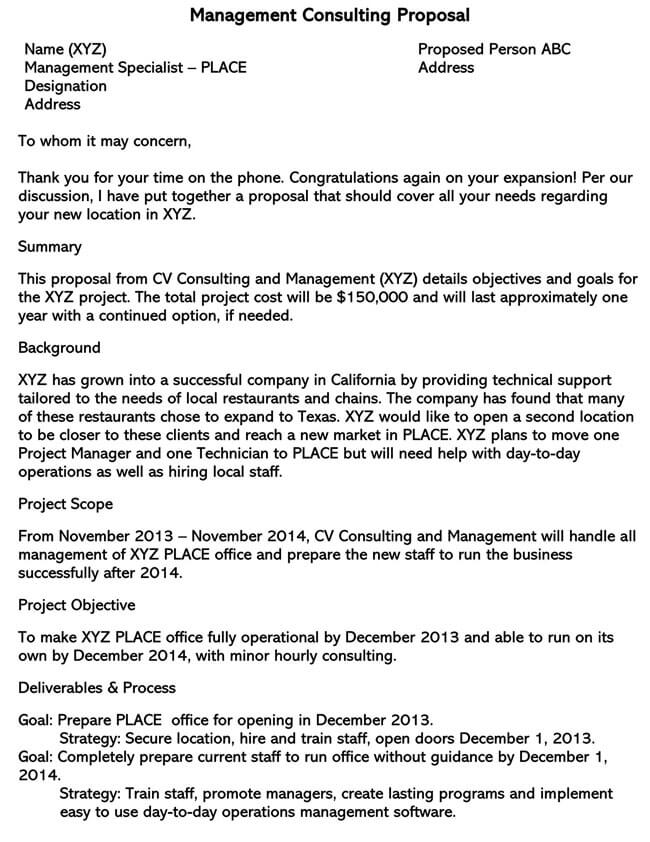
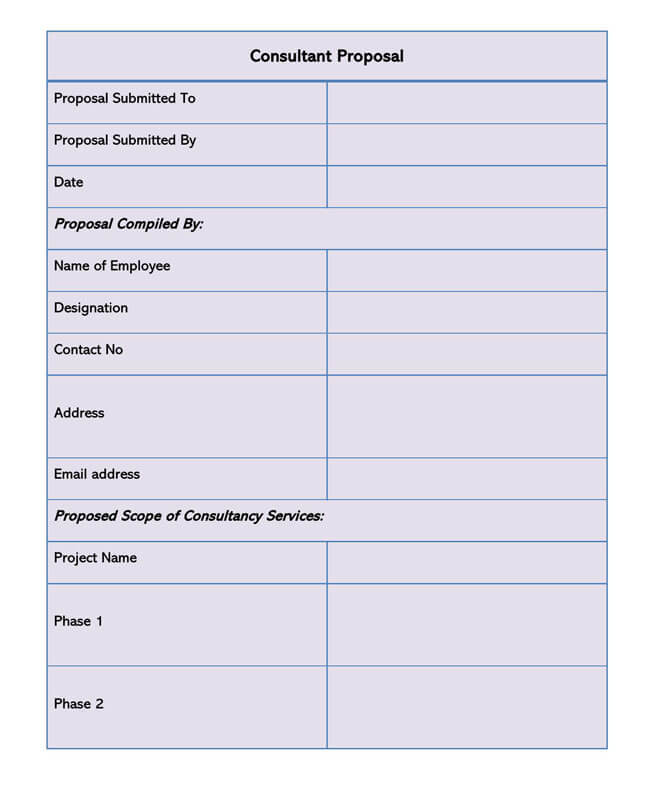
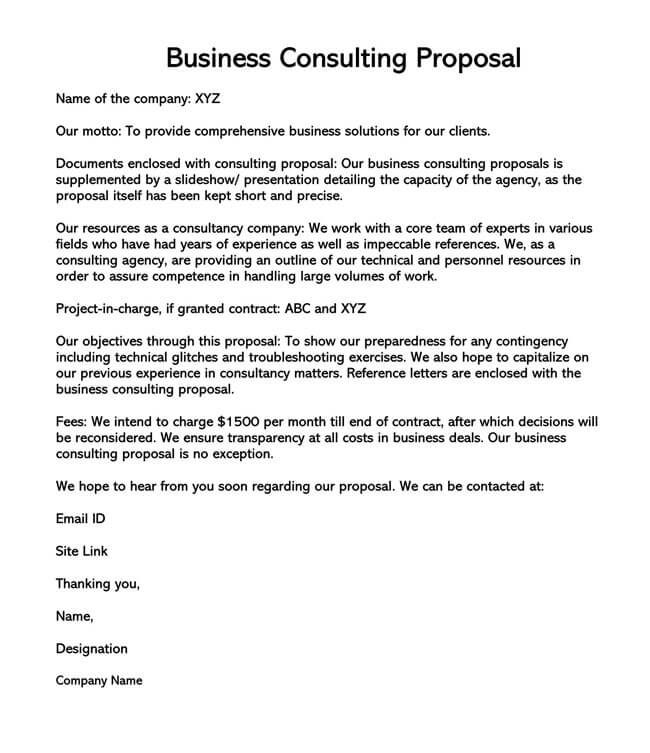
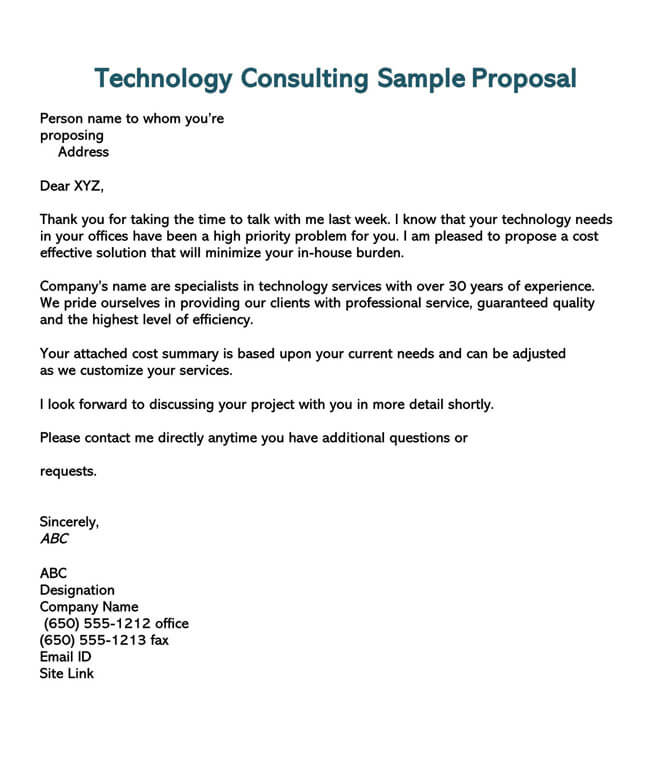
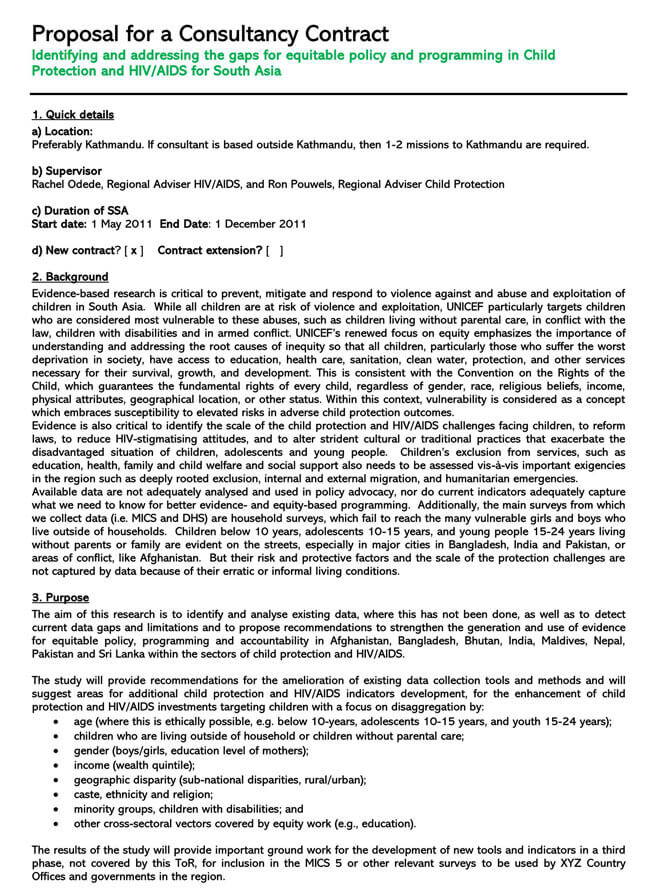
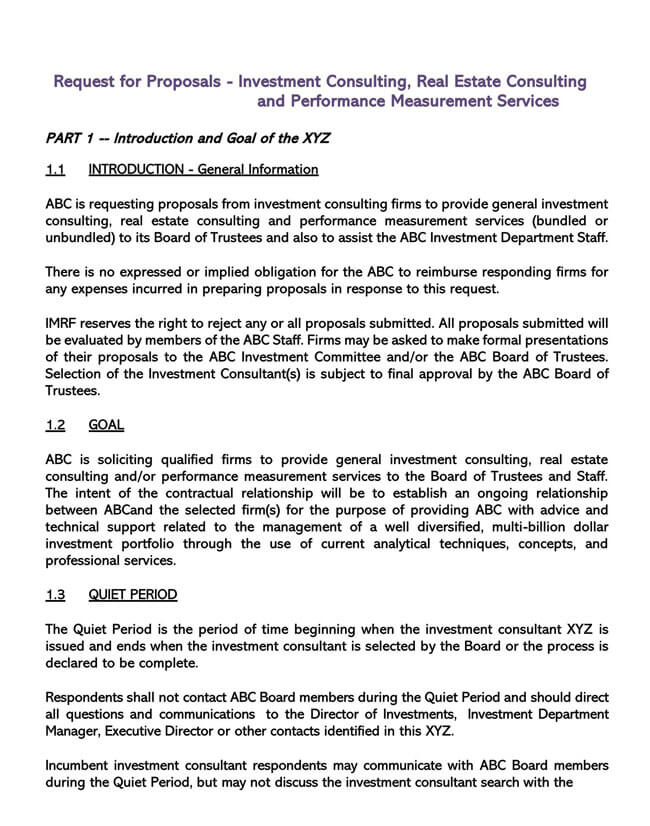
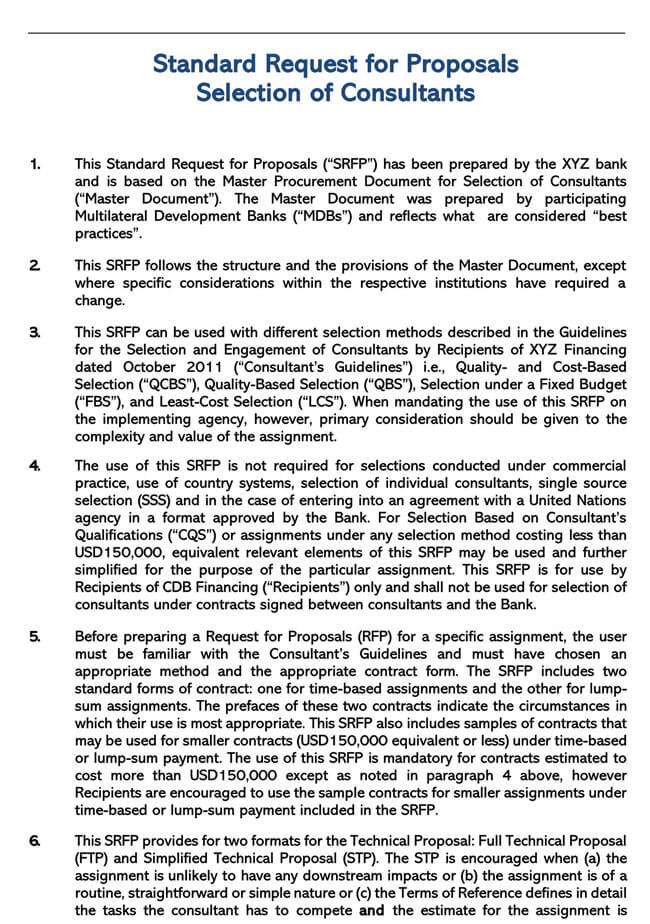
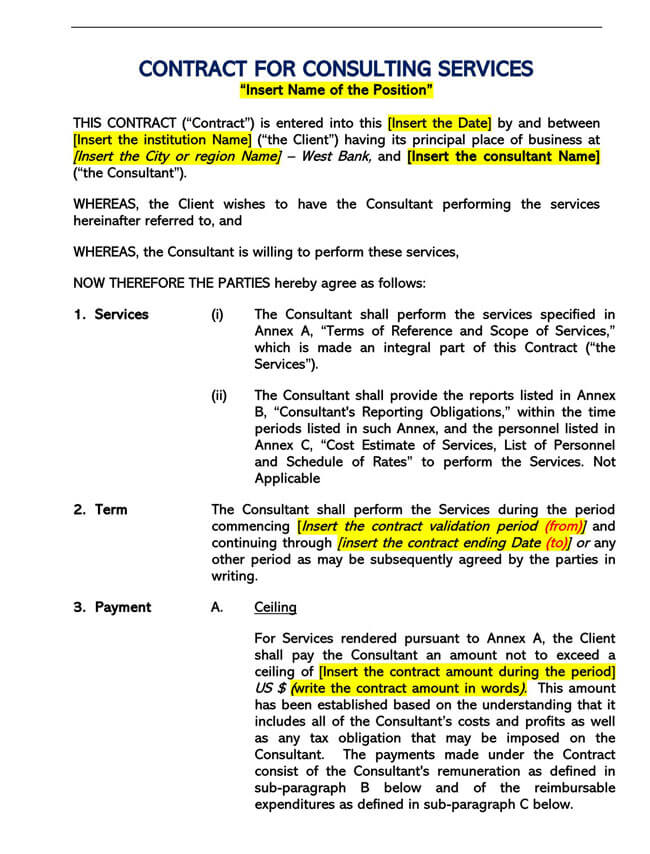
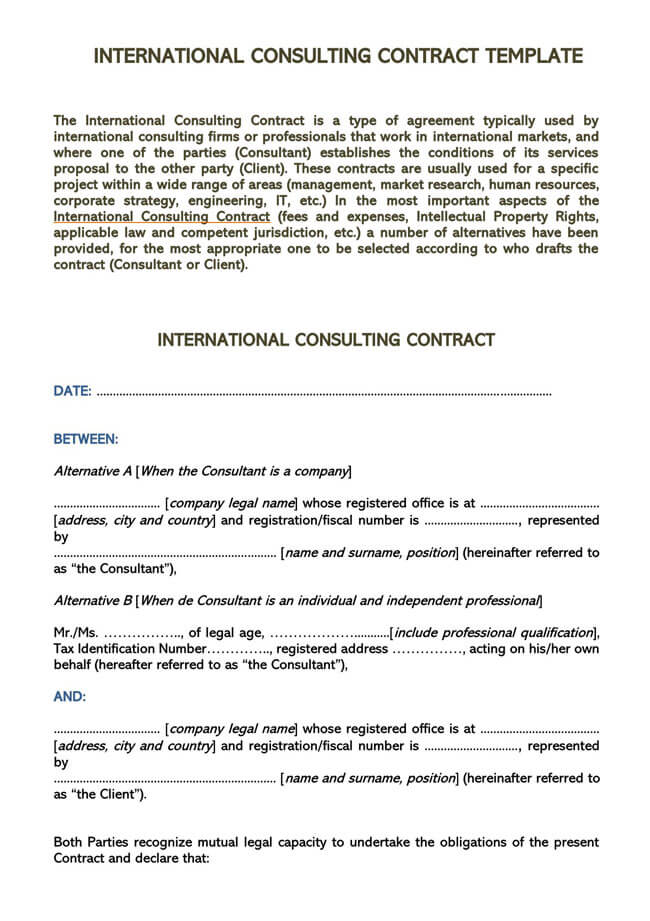
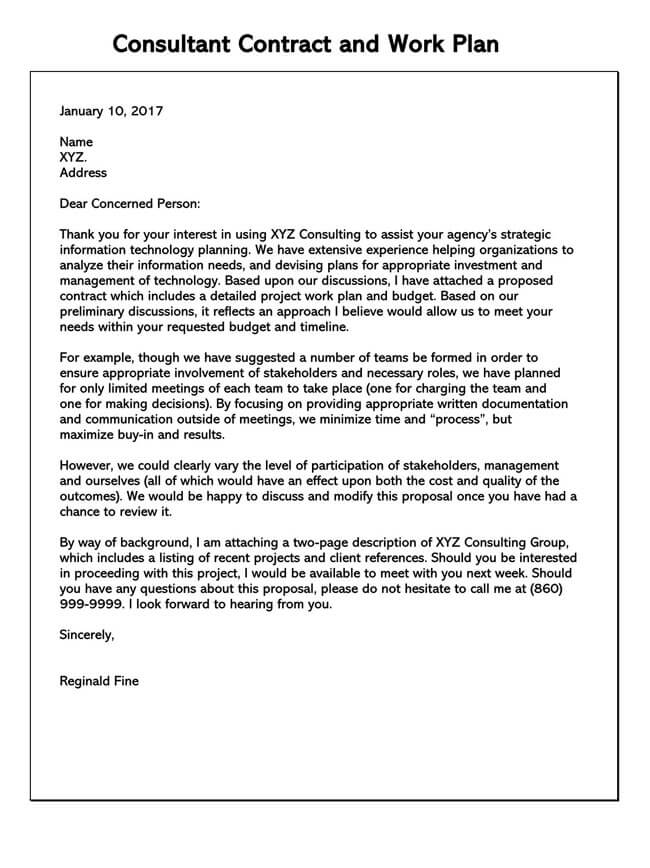
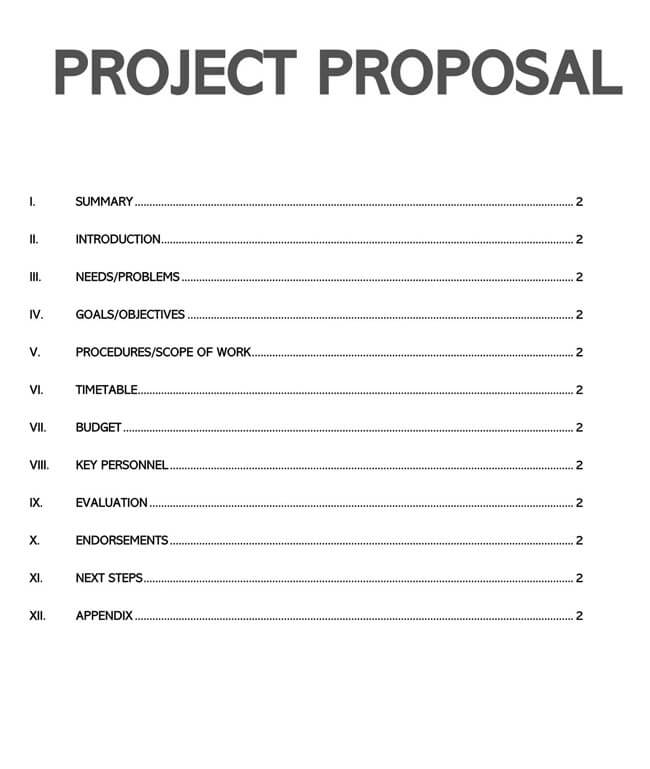
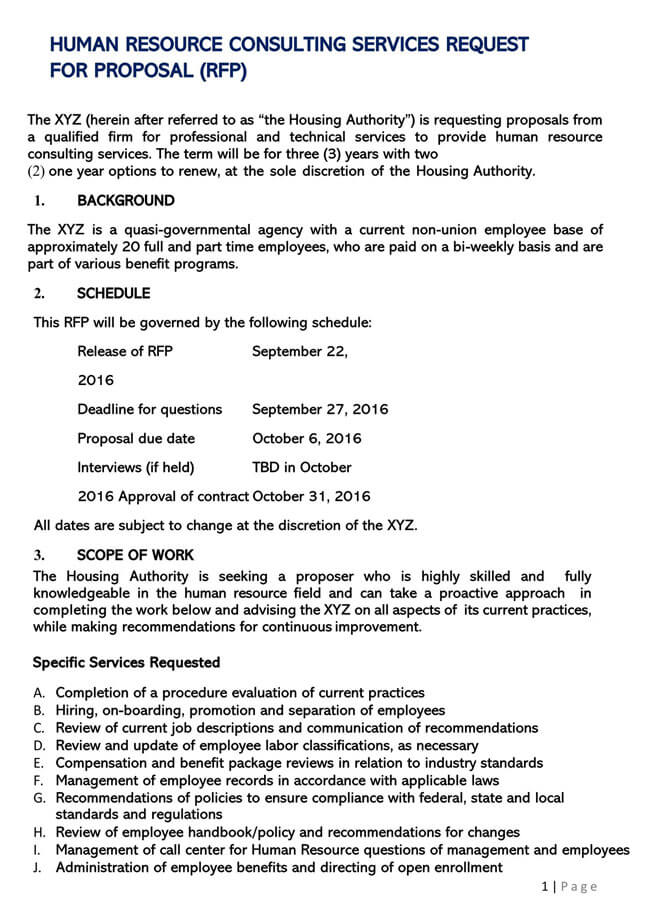
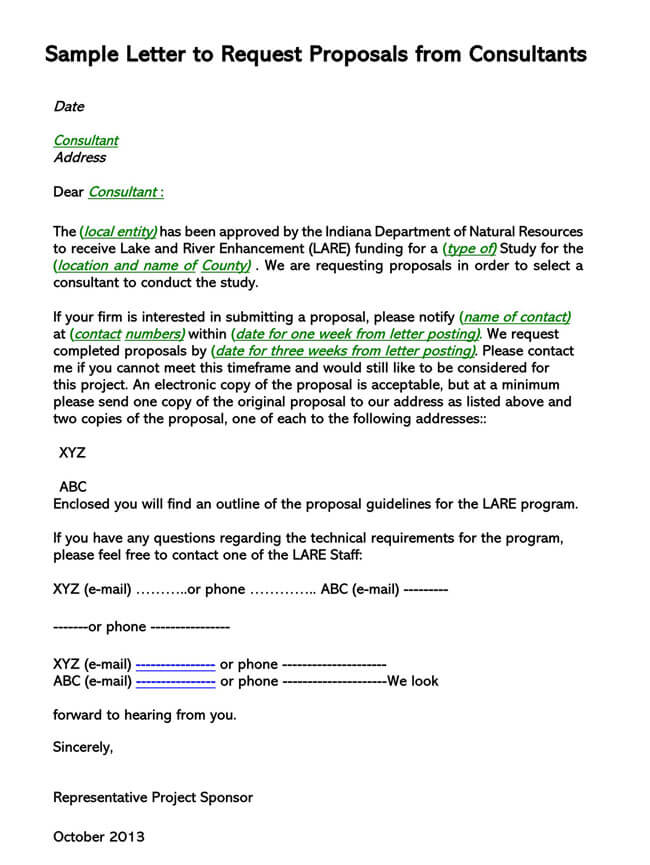
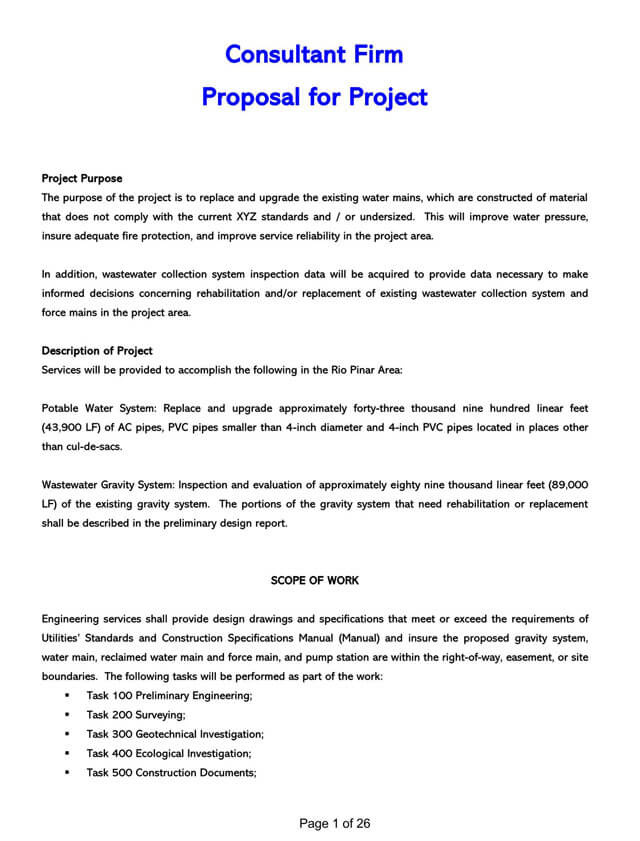
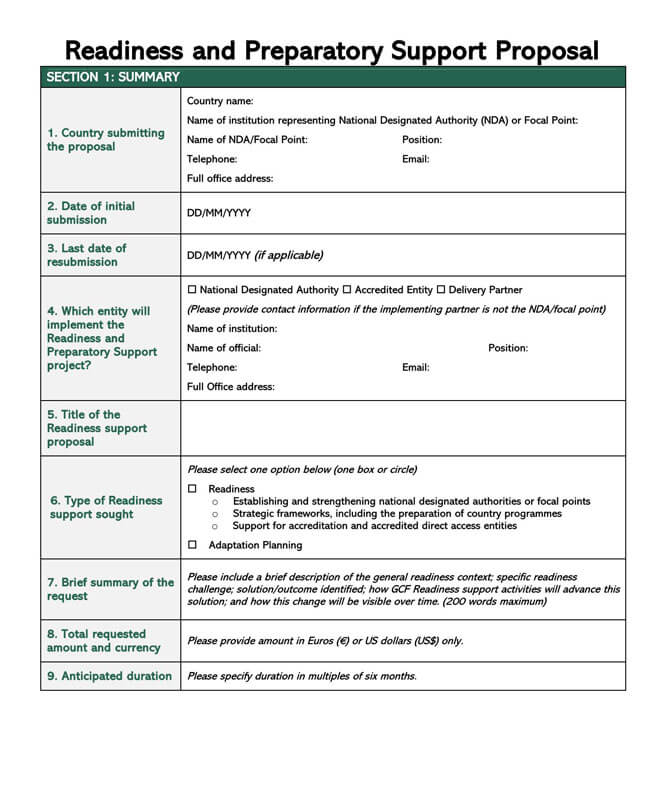
Pre-Writing Tips
The consultant’s objective should be to come up with a proposal their client(s) cannot resist. How do you do this? We shall guide you on a few things/tips you can incorporate in your proposal to ensure you capture their attention enough to convince them to work with you. Make sure to not underestimate the importance of having a quality proposal; it can be very beneficial for the transaction to be.
Some of the useful tips are enlisted below:
Meet in person
It goes without saying, the proposal can be a powerful tool when it comes to convincing your clients; however, it should not be the first and only tool. Having direct contact with the client first should be your initial step. Contact can be made through a face-to-face meeting, call, or email. Contacting the client helps put a face, voice, and personality to the proposal and foster trust, which is key in such transactions.
Meeting the client is, however, limited to inter-personal consultations; when dealing with companies that issue a Request for Proposals (RFP), a meeting or call might not be an option, so it is okay just to send your proposal.
Understand client’s needs
Before you begin to draft your proposal, it is vital that you understand what exactly the client wants. Understanding the client should not be limited to their wants alone; try to find out their motivation behind the project. These are things you can find out during your meeting with them. Understanding their desires helps you come up with a proposal that is reflective of the client in terms of wants and personality.
You can appeal to their personality by including/mimic words that you kept hearing them use. Mimicking is an extension of a psychological phenomenon known as the chameleon effect, which states that a person can gain empathy from another by mimicking them. A consultant can use this social behavior to build rapport with the client.
Evaluate the scope, timeline, and value
An excellent proposal should address your client’s project in terms of scope, budget, timeline, and outcomes in detail. How your proposal best addresses these aspects of the project will often determine its value to the client. How you plan to deal with the project should be clear and specific. Avoid ambiguous statements like ‘I plan to optimize productivity and organization in your company.’ A statement like ‘I plan to increase the worker’s attendance by 20% and enhance their efficiency to 85’ is more descriptive and transparent.
tip
Try to avoid making the proposal about you; it should focus more on the client and their expectations.
Keep It short
It is recommended that proposals should focus more on quality than quantity. Consultants should keep their proposals as brief as possible but effectively communicate the intended information. Keeping the client engaged is the key and focusing on their project’s scope and expectations is one way to achieve this. Averagely, it should be one page long, two at most.
Ask for feedback
This proposal aims to address both parties’ expectations. Therefore, you should not hesitate to ask for clarification or highlighting any concerns you might be having with your client. It should be a two-way document. Preparing it in a word processor like Google Docs can facilitate this by giving the client an opportunity to leave any comments or suggestions.
Focus on client’s outcomes
The proposal should be more focused on what the client should expect to get from working with you. Give attention to what they pointed out as their priority. Using words that they used during your meeting might help with this, it shows you were listening, and their expectations are your primary focus.
Be open to making mistakes
Mistakes can be evident when evaluating the scope and timeline of a project, especially for newcomers. With the lack of adequate experience, it might be hard to accurately estimate the timeline of projects, and that is okay; the likelihood of mistakes happening should not limit you from taking on a job. Continuous writing of proposals and gathering information on your workflow will improve your estimations each and every time.
Offer editing
More often than not, clients will have to edit, raise questions or make suggestions once they have gone through a consultant’s proposal. You should expect and be open to this, even if the proposals have to be edited more than once. Editing opens room for negotiations, and that is a good thing in ensuring both parties’ expectations are met.
Follow up a client
Sometimes the client might take a bit too long to respond; this is not indefinite disapproval. Clients need to carefully review proposals before they can agree to them, a process that might take some time. With this in mind, a consultant can follow up by asking if there are any pending questions and if they would like to discuss further on the phone.
Writing the Proposal
A consulting proposal should not be a one-fit-all. It should be reflective of the distinct project it is meant for. However, there are common components that should be present in every proposal.
We shall look at how a standard proposal should be structured.
Cover page
The first component should be a cover page. It should outline the consultant’s details, the client’s name, project title, and the reference date. If you are a consulting company, include the company’s brand name and emblem.
Salutation
The next item is a salutation which could be in the form of a personalized greeting. It shows courtesy and helps to ease the formality presenting an opportunity for the client to communicate freely. A salutation can encourage the client to want to trust and build a relationship with you. Appropriate formal titles such as “Mr, or Mrs.” should be used.
Executive summary
The next step should be to include the executive summary of the proposal, which is basically an introduction to the proposal. It can highlight the challenges the client is facing and how you intend to address them through the services you offer.
An appreciation statement for being given this opportunity can be included. Lastly, the major goals and objectives of the proposal can be stated. The summary should be a brief overview of what the client can expect from the rest of the proposal. A consultant can include a section explaining why the client should choose you. It should be briefly written while pointing out your strengths and qualifications.
Project outline
The scope should outline how you intend to achieve the set goals and objectives mentioned in the summary. It should state what you will and will not do for the proposed fee. You can never be too specific in the scope section; it should actually be your intention. Specificity helps avoid scope creep and outlines your responsibilities in detail.
Deliverables
Deliverables are basically the tangible identifiable end products a consultant plans to deliver. This section, unlike the scope, which outlines the “how,” should answer the “what” of the transaction. Deliverables of a project proposal could be in the form of a document, presentation, plan, or recommendation.
Timeline
The next step should be stating the timeline within which you plan to have completed the work assigned to you. A timeline is characterized by; the starting and end dates of the project and any milestones in between. The timeline should put into consideration unprecedented events. Milestones help manage time and reassure the client that things are going according to plan.
Apart from that, milestones can be used to release partial payment of funds. However, avoid too many milestones to allow flexibility in your work schedule. Important dates and deadlines should also be included to simplify work when referring to the proposal.
Typically, the timeline section could include questions like:
- When is the project going to start
- When is the project going to finish
- Are there any milestones in-between
- Are there any deadlines
You could also include checkpoints for completed work.
Fees and payment structure
Next, the consultant should include pertinent details about the payment such as consulting fees, additional charges, preferred payment methods, payment terms, and due dates. Where a down payment is required, it should be declared here.
Client requirements
The next step should be to enlist what you expect from the client in terms of assets, approvals, or purchases. This prevents delays while you do your job and helps you deliver in terms of the timeline.
Expiration date
Even though it is not a requirement, including an expiration date can be very beneficial. Why? An expiration protects you from having a potential client come to you months down the line wanting to accept your proposal on the same terms. An expiration date will ensure the client, if interested, gets back to you before your offer expires.
Contract terms
This section is normally optional. It is included if the consultant chooses to insert the terms of the agreement in the proposal rather than crafting a separate contract entirely. It is a time-saving technique, and if the client approves the proposal can at the same time agree to the terms and conditions proposed. Such terms include cancellation, payment terms, independent contractor clause, etc.
Call to action
The last step should be giving a strong call to action in the proposal. Communicate if you need client feedback, ready to begin work immediately once the client signs or any other. It should be a guide to how you wish to move forward.
Frequently Asked Question
For companies or organizations, they use a “request for proposal” to attract interested consultants. Alternatively, one might opt to engage them by having a direct conversation via phone or meeting. A proposal is requested to compare what different consultants have to offer. The consultant with the best proposal can then be interviewed, and if suitable and satisfactory, they can be selected for the task at hand. A contract is then crafted, and both parties sign to validate the agreement.




